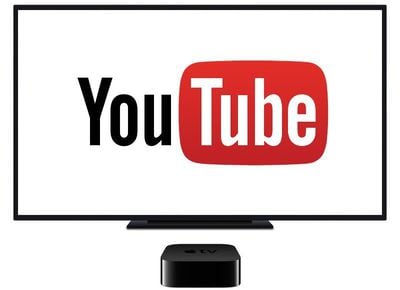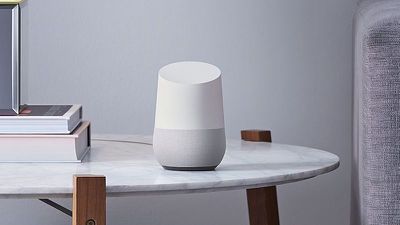Camera-focused company Snap is said to have worked on a drone that would connect to the iOS and Android Snapchat app and let users take photos and videos from aerial angles, according to sources speaking with The New York Times. Details about the drone and any of its other capabilities remain under wraps, but the work is said to help Snap "bolster" its repositioning and rebranding as a modern-day camera company.
In a separate report by TechCrunch, Snap is believed to also have investigated and built a 360-degree camera, going so far as to bring in a camera developer with expertise in the field to hone in on the best hardware options for such a product. The 360-degree camera project is said to be in the "early phases." For both projects, sources mentioned that it remains unclear if consumer-ready versions will ever hit the market, or how much they might cost.
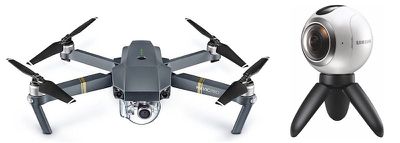
The question driving Snap’s hardware ambitions is: What can’t your phone camera do? It can’t take first-person, hands-free video, so Snap built Spectacles. It can’t fly. And it can’t capture what’s around you in all directions at once. People often stick their camera phones in the air and do a slow pan to show off where they are. A 360 camera could do a much better job of making friends feel like they’re there with you.
The company is said to have a specific strategy for mergers and acquisitions that uses new startups to "gather information" about technologies it lacks expertise in, sometimes acquiring the companies and sometimes not. An example is given describing when Snap met with drone startup Lily before the latter company eventually shut down, and now rumors suggesting Snap's entry into the drone market have begun circling.
Snap has previously met with startups with the implication that it might acquire them, when in reality it’s goal has been to gather information about new markets and technologies where it could compete, according to one source familiar with Snap’s M&A procedures.
In some cases, it has made acquisitions after these meetings. But in other cases, “they talked to a bunch of people and got them to tell them a bunch of stuff. Snap shows a little bit of leg and tries to be flirty to see what they can get” the source said.
Additionally, it was reported that Snap has "preliminarily discussed" other consumer products that would enhance its mobile app, including a durable GoPro-like camera, and another that would let users take 3D images.
The reports of new products from Snap follow the launch of its Spectacles sunglasses, which let users take 10-second videos from a camera mounted within a pair of glasses, providing freedom of movement with their hands. According to TechCrunch's sources, the company is pursuing work on a second version of Spectacles, but the lack of "meaningful revenue" from the first iteration may pause those plans.
Market watchers are paying close attention to Snap today, as the company gets ready for the debut of its initial public offering on the U.S. stock market later in the afternoon.



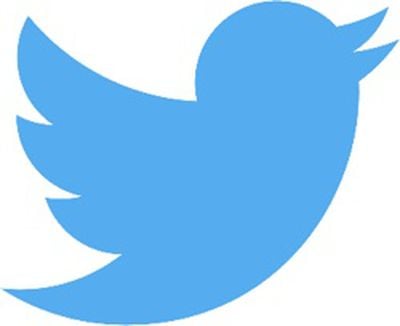 Twitter today
Twitter today 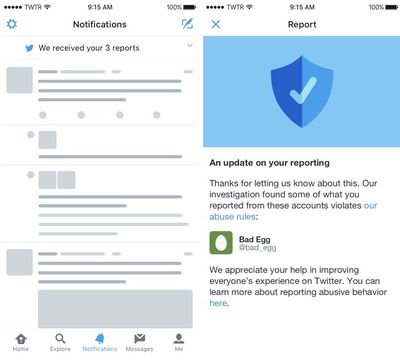
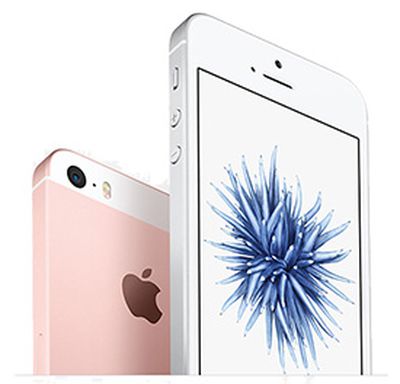 Target this week instructed its stores to return a number of iPhone SE models to Apple by today, March 1, according to a company memo obtained by MacRumors.
Target this week instructed its stores to return a number of iPhone SE models to Apple by today, March 1, according to a company memo obtained by MacRumors.

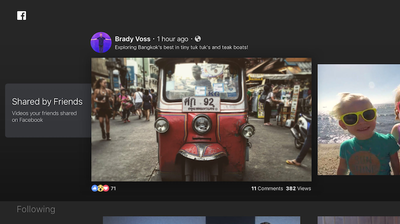


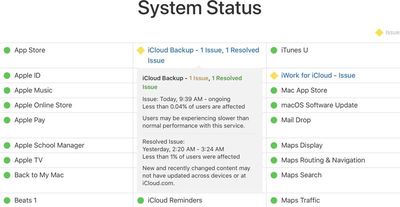
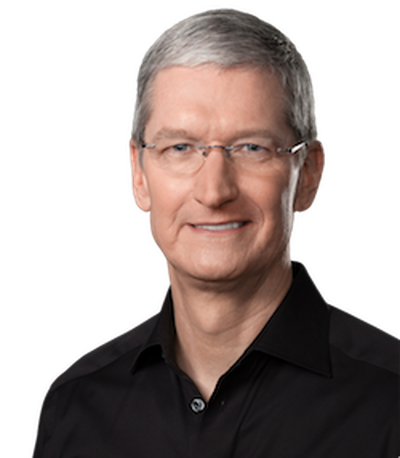 During a Q&A session at today's shareholder meeting held at Apple's Cupertino campus, Apple CEO Tim Cook reassured investors that Apple is still very much focused on its
During a Q&A session at today's shareholder meeting held at Apple's Cupertino campus, Apple CEO Tim Cook reassured investors that Apple is still very much focused on its 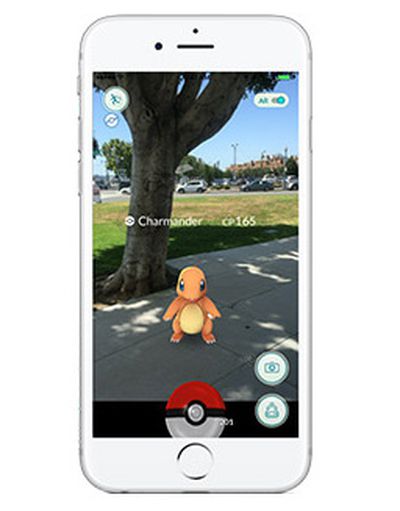 Augmented reality could be the "next big thing" for Apple, according to the latest research from UBS analyst Steven Milunovich.
Augmented reality could be the "next big thing" for Apple, according to the latest research from UBS analyst Steven Milunovich.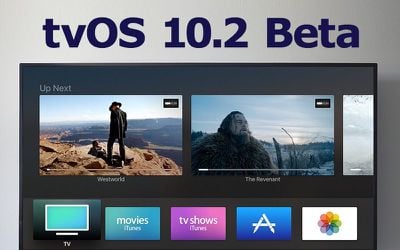
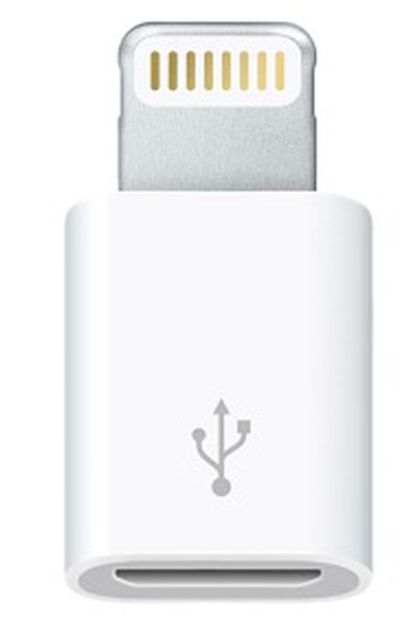 The Wall Street Journal today reported that at least one upcoming iPhone model will
The Wall Street Journal today reported that at least one upcoming iPhone model will 